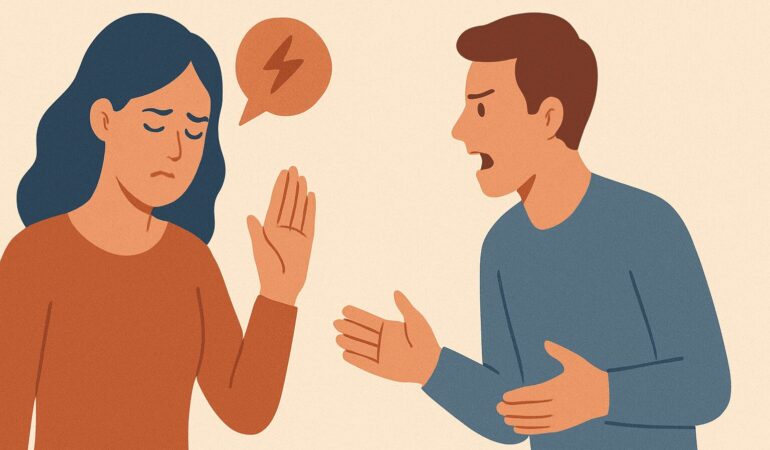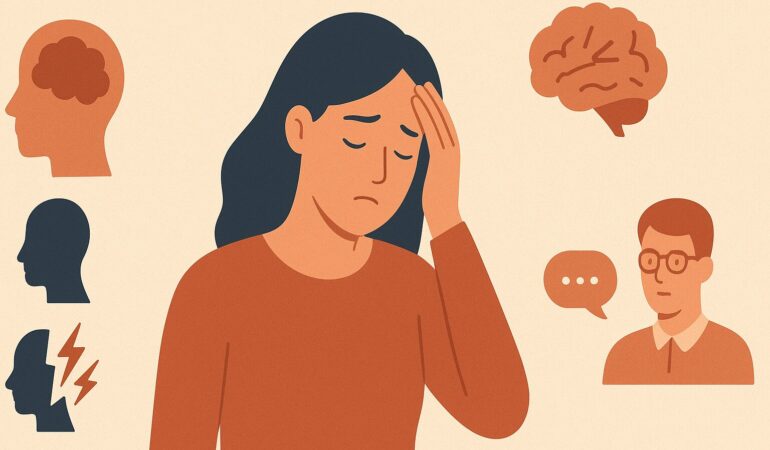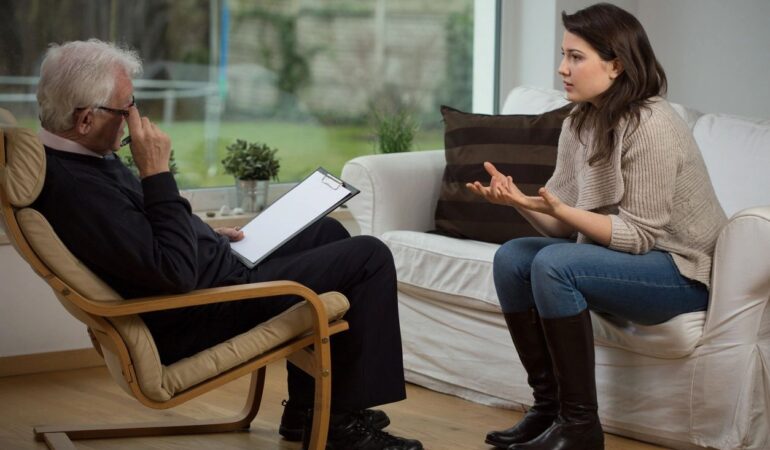What to Consider When Choosing a Therapist in Pasadena, CA
Finding the right therapist can feel overwhelming. With so many choices in Pasadena — from private practices in Old Town to larger clinics downtown and even online options — it’s not always easy to know where to start. Therapy is a deeply personal investment of time, energy, and money. Choosing someone who understands your needs, makes you feel safe, and has the right training is one of the most important steps you can take toward healing.
As a counseling practice based in Pasadena, I’ve seen how life-changing the right therapeutic match can be. This guide will walk you through the key factors to consider when choosing a therapist in Pasadena, CA, so you can feel confident and informed in your decision.
Why Choosing the Right Therapist Matters
Therapy is more than just talking — it’s about building a relationship that supports real change. Research shows that the therapeutic alliance (your sense of trust and connection with your therapist) is one of the strongest predictors of whether therapy will help you. You could work with someone who has an impressive resume, but if you don’t feel heard, safe, or respected, progress will be limited.
That’s why this process isn’t just about credentials or directories. It’s about finding the right fit for you.
Step 1: Clarify What You’re Looking For
Before you begin searching, take some time to reflect on your goals. Ask yourself:
- Am I looking for help with anxiety, depression, or trauma?
- Do I need support for my child, teen, or family?
- Would I benefit from a structured, short-term approach like CBT, or do I want to explore deeper patterns through long-term therapy?
In Pasadena, you’ll find therapists who work across a wide range of specialties — from couples counseling in Old Town to somatic therapy practices near East Colorado Boulevard. Narrowing your focus will help you filter through the options more quickly.
Step 2: Understand Credentials and Specialties
When you start searching, you’ll see titles like LMFT, LCSW, PsyD, or PhD. Each represents a different type of training:
- LMFT (Licensed Marriage and Family Therapist): Often trained to work with couples, families, and relationship issues.
- LCSW (Licensed Clinical Social Worker): Focuses on mental health but also considers social systems, environment, and resources.
- PsyD/PhD (Clinical Psychologist): Extensive training in assessment, diagnosis, and research-based treatment.
Beyond licenses, many therapists have specialized training — for example, EMDR for trauma, CBT for anxiety and depression, or somatic therapy for mind-body healing. In Pasadena, it’s common to see therapists highlight these specialties in their profiles.
Tip: Don’t just look for a long list of techniques. Look for evidence that the therapist has experience applying them to issues like yours.
Step 3: Practical Considerations — Location, Availability, and Format
Therapy only works if you can actually stick with it. That means considering the practical side:
- Location: If you’re commuting across Pasadena or from nearby Los Angeles, convenience matters. Here Counseling, for example, is located at 595 E Colorado Blvd, with street parking nearby.
- Availability: Evening and weekend sessions are in high demand. Make sure the therapist’s schedule aligns with yours.
- Format: Many Pasadena therapists now offer both in-person and online sessions. Telehealth can be just as effective for many people, and it adds flexibility if traffic or childcare is an issue.
Think long term — is this someone you can realistically see week after week without constant scheduling stress?
Step 4: Fees, Insurance, and Payment Options
Money can be an uncomfortable subject, but it’s an important part of the decision. In Pasadena, many therapists operate out-of-network, meaning you’ll pay upfront and then submit claims to your insurance company for partial reimbursement.
Questions to ask include:
- Do you take insurance directly, or provide superbills?
- Do you offer a sliding scale based on income?
- What is your cancellation policy?
If cost is a major barrier, consider community clinics, therapy collectives, or online platforms that offer lower-cost options. But remember: therapy is an investment in your well-being, and the right fit often outweighs the cheapest option.
Step 5: The First Call — Questions to Ask
Most therapists offer a free 10–20 minute consultation call. This is your chance to get a feel for their style and approach. Here are some questions you might ask:
- Have you worked with people who share my concerns?
- What therapeutic approach do you use, and how might it help me?
- How do you measure progress?
- What can I expect in the first few sessions?
Pay attention not just to their answers, but to how you feel during the conversation. Do you feel respected? Do they explain things in a way you can understand? Are they open to your questions?
Step 6: Trust the Fit
This is where your instincts come in. The right therapist is someone you feel comfortable opening up to — not right away, but enough to imagine trust building over time.
Signs you’ve found a good fit:
- You feel heard and not judged.
- The therapist listens more than they talk, but also gives structure and direction.
- You leave sessions feeling supported, even if the work feels challenging.
If you don’t feel a connection after a few sessions, it’s okay to move on. Many people try two or three therapists before finding the one that feels right.
Step 7: Red Flags to Watch Out For
While rare, it’s important to recognize when a therapist might not be the right choice. Red flags include:
- They dismiss or minimize your concerns.
- They frequently cancel or reschedule without explanation.
- They push their own agenda instead of listening to yours.
- They make promises of quick fixes.
Therapy takes work and time. A trustworthy therapist will be honest about that.
Step 8: Evaluate Progress
Therapy isn’t meant to last forever. While some people stay in therapy for ongoing support, others seek short-term solutions. After 6–8 sessions, check in with yourself:
- Do I feel any relief or progress?
- Am I gaining tools to cope outside of sessions?
- Do I have a better understanding of my challenges?
If the answer is “yes,” you’re on the right track. If not, bring it up with your therapist — or consider a different approach.
Local Resources in Pasadena
If you’re searching for therapists in Pasadena, here are a few resources to start with:
- Here Counseling — offering anxiety therapy, family therapy, somatic therapy, and Couple counseling both in-office and online.
- Community mental health clinics — options for lower-cost therapy, sometimes with interns supervised by licensed professionals.
- Psychology Today & Zencare directories — filter by specialty, insurance, and availability.
Why Consider Here Counseling in Pasadena, CA
Finding the right therapist can feel overwhelming, but choosing a trusted local practice can make the process smoother. At Here Counseling in Pasadena, CA, you’ll find a team of compassionate and experienced therapists who understand that every individual and family has unique challenges.
What sets Here Counseling apart is the emphasis on creating a supportive, non-judgmental space where you can truly feel heard. Whether you’re looking for help with anxiety, depression, relationship struggles, or family challenges, their therapists tailor sessions to your needs rather than offering a one-size-fits-all approach.
Because they’re rooted in the Pasadena community, Here Counseling also brings a deep awareness of the stressors and lifestyle factors specific to the area — from balancing busy careers and family life to navigating the pressures of living in a fast-paced city. This local understanding adds an extra layer of care to the therapeutic process.
If you’re ready to take the next step in your healing journey, Here Counseling offers both in-person and online sessions, making therapy accessible no matter your schedule.
FAQs
How do I find a good therapist in Pasadena?
Start by clarifying your needs, checking credentials, and scheduling consultations. Use directories like Psychology Today, and don’t be afraid to try more than one therapist before deciding.
How much does therapy cost in Pasadena?
Individual sessions typically range from $125–$250. Many therapists provide superbills for out-of-network reimbursement. Sliding scales and lower-cost options are available through community clinics.
Is online therapy effective?
Yes. Research shows that online therapy can be just as effective as in-person sessions for many issues, including anxiety, depression, and stress.
How long will I need therapy?
It depends on your goals. Some people benefit from short-term therapy lasting a few months, while others continue for a year or longer. Your therapist should revisit your goals periodically to assess progress.
What if I don’t connect with my therapist?
It’s okay to switch. Finding the right fit is part of the process, and most therapists understand if you decide to try someone else.
Final Thoughts
Choosing a therapist in Pasadena is about more than credentials or convenience. It’s about finding someone you can trust, who understands your needs, and who offers the tools and support to help you heal.
If you’re ready to take that step, Here Counseling offers both in-person therapy at our Pasadena office and online sessions for flexibility. Whether you’re seeking help with anxiety, trauma, family struggles, or life transitions, our therapists are here to walk with you on your journey.
You don’t have to figure it out alone — the right support is here in Pasadena.












